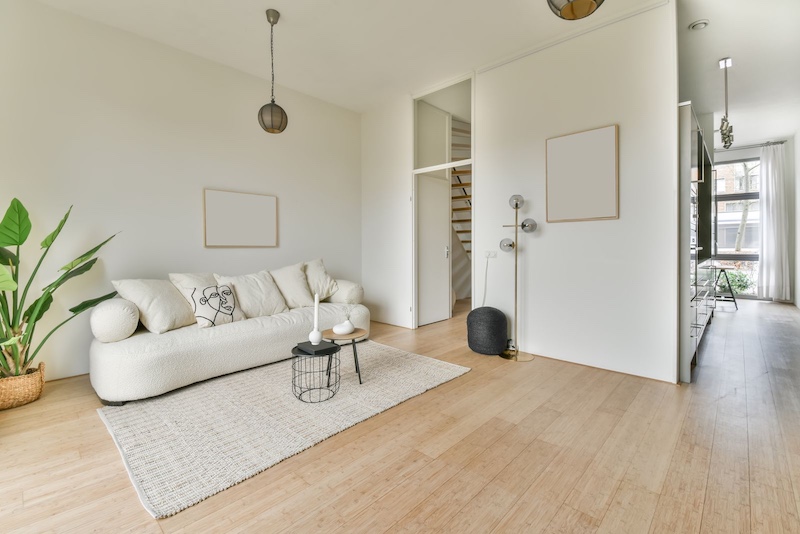A bright, spacious living room can make your home feel more inviting and comfortable. However, if your space feels cramped or dim, don’t worry—there are simple and effective ways to transform it.
From choosing the right colors and furniture to maximizing natural light, small changes can create a big impact. Let’s explore practical tips and tricks to help you make your living room look bigger and brighter, turning it into a space you’ll love to relax and entertain in.
Maximizing Space and Brightness in Your Living Room

Creating a spacious and inviting living room involves a few strategic design choices that can make a significant difference. Opt for a light color palette to reflect more natural light and create an illusion of space. Lighter shades on walls and ceilings can effectively brighten up the area, making the room feel more open.
Incorporating mirrors is another effective technique. Mirrors can visually expand a room by reflecting light and views, doubling the perceived space. They can be strategically placed to reflect windows or other focal points to enhance brightness and depth.
Furniture choices also play a crucial role. Selecting pieces with exposed legs and streamlined designs can enhance the feeling of space. Keeping the floor clear helps maintain an airy ambiance, further promoting the sense of a larger, brighter living area.
Maximizing Space Perception
Creating the illusion of a larger and brighter living room relies on strategic design choices. Mirrors, the right furniture scale, and effective traffic flow can all contribute significantly to this goal.
Use of Mirrors
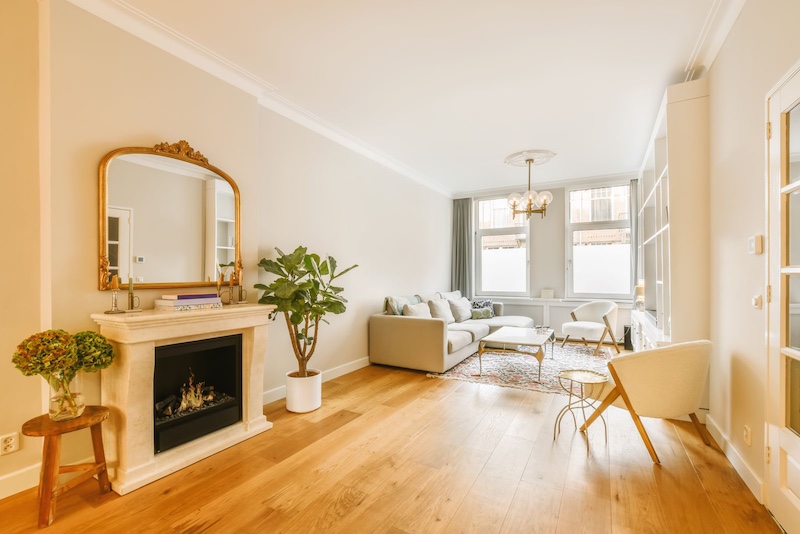
Mirrors can significantly enhance how spacious a room feels. By reflecting light and views, they introduce a sense of depth and continuity.
A large mirror placed opposite a window captures natural light, brightening the space. It’s beneficial to consider placing mirrors in areas where they can reflect open spaces or artwork, thereby amplifying their impact.
Gallery-style mirrors or mirrored furniture can also add elegance, enhancing the perception of space. For optimal effect, avoid overuse, which could create confusion or clutter. Select mirror frames that complement the room’s décor, ensuring a harmonious and expansive ambiance.
Furniture Scale and Placement
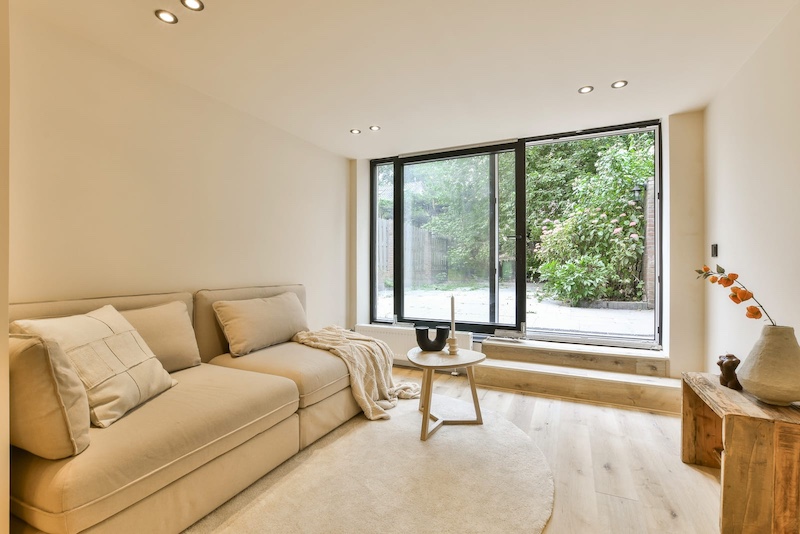
Selecting appropriately scaled furniture is essential for maximizing space perception. Oversized furniture can overwhelm a room, while pieces that are too small may make it look cluttered. Opt for modular or multi-functional furniture, like a sofa bed or tables with storage, to maximize efficiency.
When arranging, ensure that larger pieces are against walls and balance them with smaller elements. Maintain some open space to enhance movement and airiness. Visual balance is key, so consider the room from different angles, ensuring everything fits well without compromising comfort or style.
Consideration of Traffic Flow
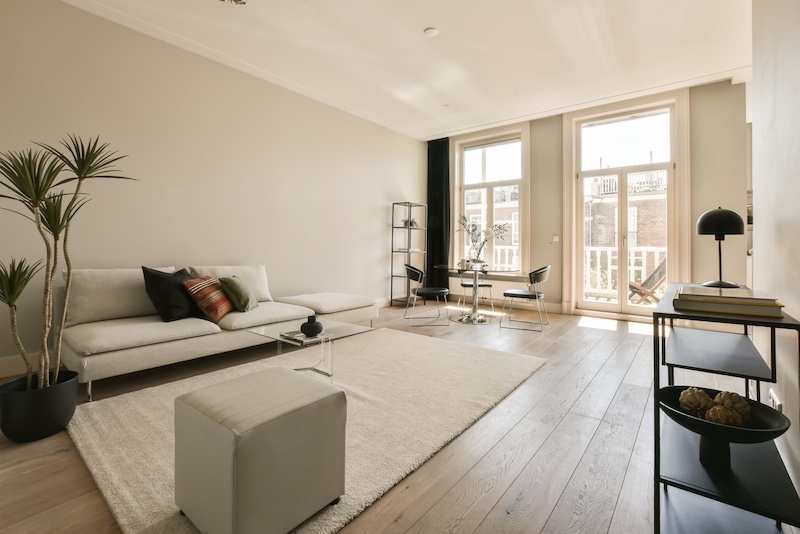
Traffic flow in a living room greatly impacts its sense of space. Ensuring that pathways are clear and unobstructed creates a more open and inviting environment.
Arrange furniture so that there is a smooth flow from one area to another, without sharp turns or blockages. Avoid placing furniture with sharp edges in high-traffic areas as they impede movement.
Use area rugs or floor markings to subtly guide movement and designate different spaces within the room. This thoughtful planning of traffic patterns helps maintain an organized and spacious feel throughout the living area.
Enhancing Light Distribution
To make a living room appear larger and brighter, optimizing light distribution is crucial. Maximizing the use of windows, utilizing appropriate lighting fixtures, and carefully selecting the color palette can significantly influence the room’s ambiance.
Window Treatments
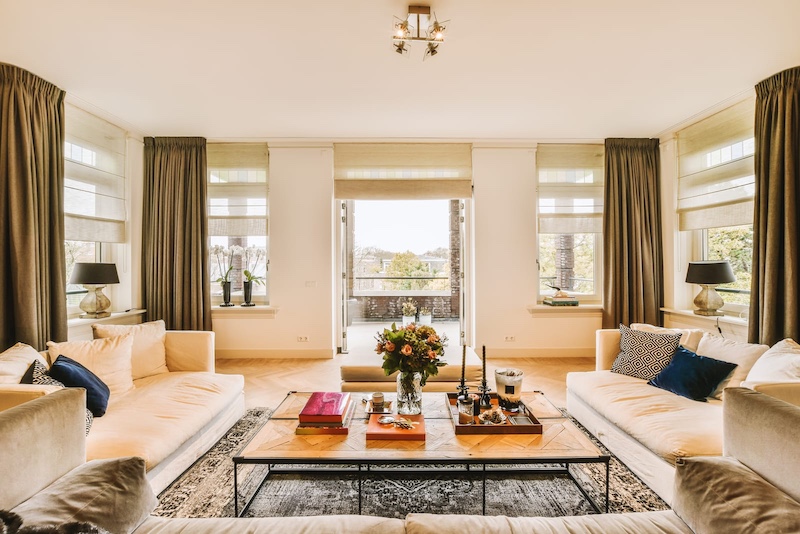
Choosing the right window treatments can enhance natural light flow. Sheer curtains allow sunlight to filter through while maintaining privacy. For a versatile option, consider blinds or shades that can be easily adjusted throughout the day.
Light-colored drapes can also reflect natural light into the room, whereas heavy, dark curtains may block it. Mirrors on opposite walls can help disperse light by reflecting it further into the room.
Lighting Fixtures
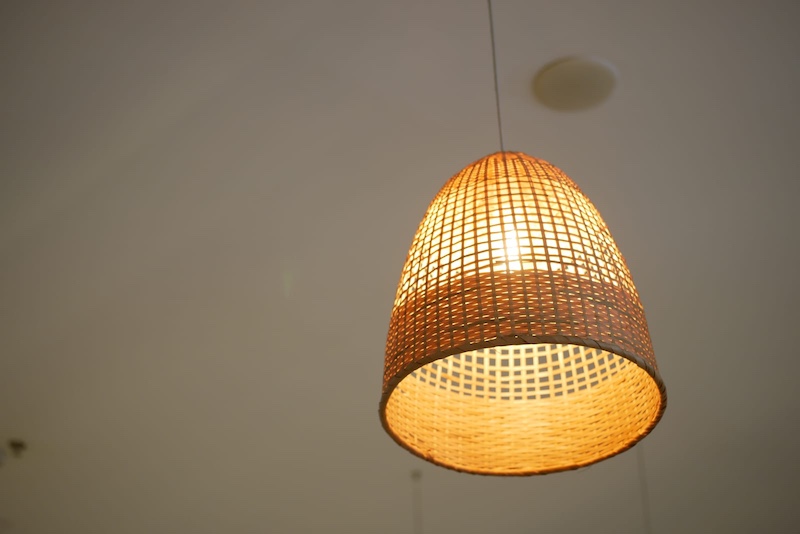
Appropriate lighting fixtures are essential for even light distribution. Combination of overhead lighting and ambient lighting fixtures like lamps or wall sconces create a balanced brightness. Choose fixtures with a wider light spread to cover more area.
Dimmable lights offer flexibility in adjusting the intensity according to the mood or time of day. LED bulbs are energy-efficient and come in varying shades to complement other light sources.
Color Palette Selection
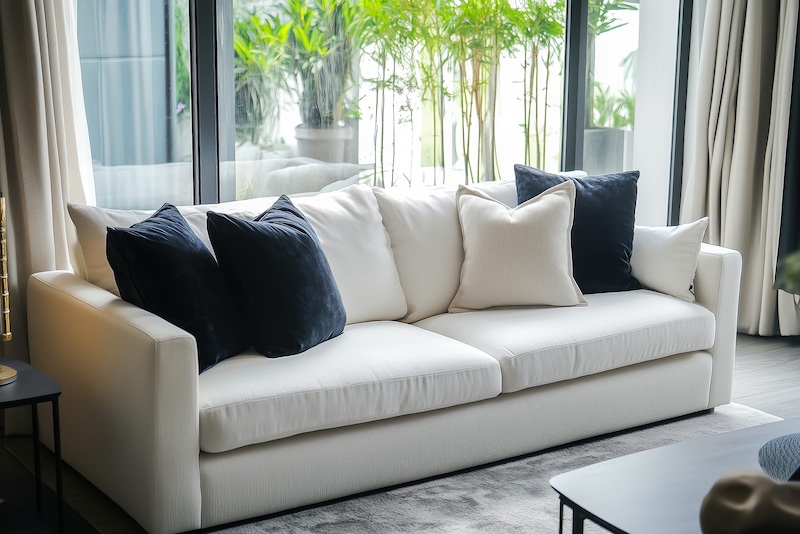
A strategic color palette plays a significant role in enhancing light distribution. Light colors, such as whites, pale blues, and soft yellows, can make a space feel airy and open by reflecting light. Glossy finishes on walls or ceilings further assist in bouncing light around.
Incorporating contrast through accents, like a dark cushion or artwork, can add depth without overpowering the room. This balance helps maintain a bright yet lively atmosphere without feeling overwhelmingly stark.
Your Bigger and Brighter Living Room Awaits
Creating a bigger, brighter living room is easy with simple changes like using lighter colors, mirrors, and decluttering. Maximize natural light, arrange furniture thoughtfully, and choose multifunctional pieces to enhance the space. Small updates can transform your living room into an open, inviting, and stylish retreat.
